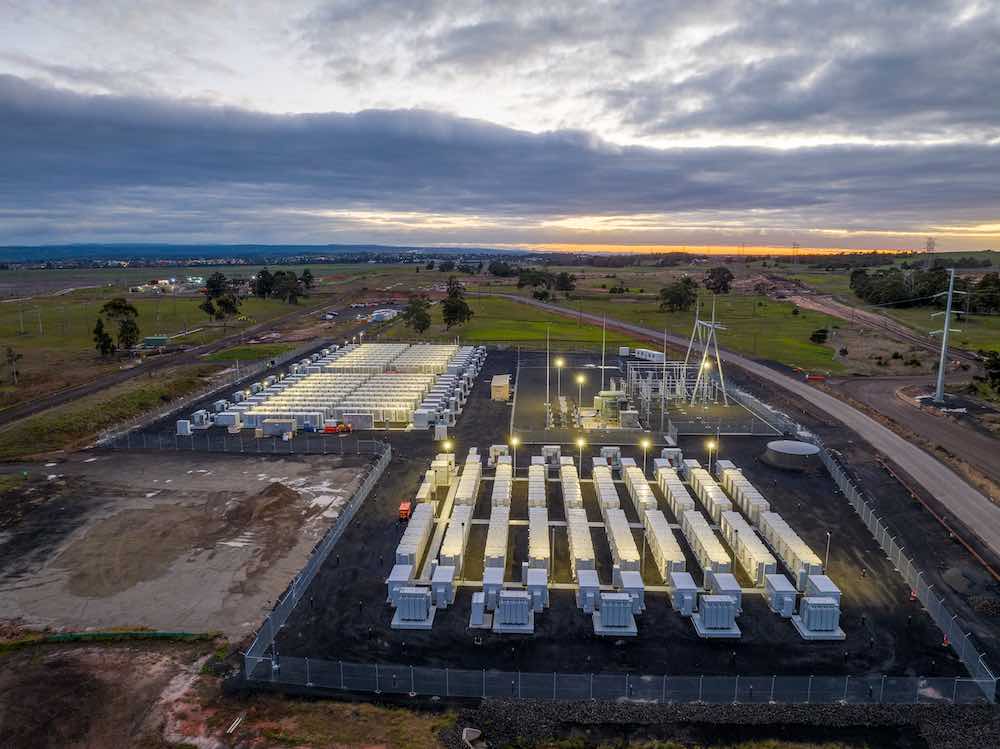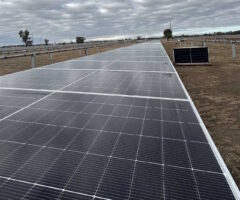Australian and international investors have called for an urgent and major rethink about how battery and long duration storage are supported by the market after two new studies identified major potholes along the road towards a 100 per cent renewable energy grid.
The two new studies – from Baringa Partners and Nexa Advisory – paint a common picture: They note the dramatic rise and roll-out of big batteries, and distributed storage, across the grid, particularly in “short duration” storage that is supported by the grid services market, increased price volatility and the plunging cost of battery cells.
But they also point to major problems in ensuring enough “long duration” storage is built to allow wind and solar generation to be expanded, and the last coal fired power stations to be closed.
Chief among these concerns is a lack of market signals and policy support to enable enough capacity to be built, and to overcome two emerging handicaps – the whopping network charges that battery storage projects are forced to pay, and – ironically – the shortage of wind and solar droughts.
Big batteries are often described as the “Swiss Army Knife” of the grid, because of their flexibility and speed and their ability to provide multiple services and perform multiple tasks.
But only a few of these services have a market signal, and some of their key roles – such as shifting large amounts of rooftop solar output from the middle of the day to the evening peak – depend on ad-hoc and specific contracts to solve short term issues.
The reports sponsored by the Clean Energy Investor Group say short-duration batteries are now pretty much able to stand on their own two feet, thanks to the development of frequency and very fast frequency control markets, and the emergence of more volatility in the day to day market.
Medium term storage is also being addressed by the federal government’s new Capacity Investment Scheme, which aims to underwrite 9 GW and 36 GWh of storage by 2030 – but more help is needed, both in terms of scale and in the problematic long duration part of the equation.
The Australian Energy Market Operator has already made clear Australia needs a lot more storage, and soon. It says the current capacity of 1.4 GW of batteries and 1.6 GW of pumped hydro needs to grow to 19 GW by 2030, and to 57 GW by 2050.
Simon Corbell, the CEO of the Clean Energy Investor Group, which commissioned the Baringa and Nexa studies, says long duration storage will be the biggest challenge.
“Australia’s renewable energy future hinges on our ability to ramp up energy storage capacity,” Corbell said.
“The report underscores the critical role of government policy support and regulatory clarity in unlocking financing for energy storage projects, highlighting the importance of addressing longer duration storage needs to ensure sustained progress.”
An example of the new markets needed to encourage storage is that for long duration, to fell in the anticipated “droughts” of wind and solar that could last several days, or longer.
Baringa identifies long duration storage as that of 12 hours or more, which could be provided by pumped hydro, and also newer options such as compressed air storage, gravity storage, hydrogen-based storage or solar thermal technologies.
But it says one of the big issues is that these “droughts” will not occur often to send a market signal of its own, because the storage built for such events will have low capacity factors, and fewer chances to generate revenue.
“These droughts are unlikely to occur sufficiently often to enable this storage to fully recover its costs (i.e., it faces ‘missing money’),” the Baringa report says.
It says current market signals will not be enough to get them built, and are also insufficient for “medium” storage between four and 12 hours.
It notes that several big scale pumped hydro projects are being built or contemplated – including Snowy 2.0, and the Borumba and Pioneer projects in Queensland, but these are being funded entirely by government “irrespective of whether the projected market conditions create a strong commercial case for their development.”
Another major problem not often identified in other studies is the role of transmission companies, the charges that are imposed on big batteries, the complex connection challenges and the actions of the network owners themselves.
The Nexa report raises concerns about the status of ring-fencing guidelines that are supposed to limit transmission and local network owners from owning and operating batteries, particularly those regarded as “community” batteries that are distributed around the grid.
“Concerns remain that TNSPs and DNSPs may give themselves more beneficial connection arrangements and use of system charges than third parties,” the Nexa report says.
“There is a significant information asymmetry that allows the electricity networks to locate a battery to maximise their income.”
Corbell says the two reports highlight the need for significant and urgent reform, noting that more than 50 per cent of current utility-scale battery projects have required government support, indicating the financing challenges, particularly for batteries exceeding 2 hours of duration.
“Developing new markets and revenue streams for battery storage is paramount to ensure a resilient and clean energy system,” adds CEO Simon Corbell.
The report recommends a series of solutions, including an orderly coal closure rule to help provide market clarity, new markets for battery storage, state funding support for investment in long duration storage, and transparency in the CIS.
Corbell notes the Baringa report also highlights various other markets that have been created in countries such as the UK, including for voltage control, which can add more revenue options for battery storage.







